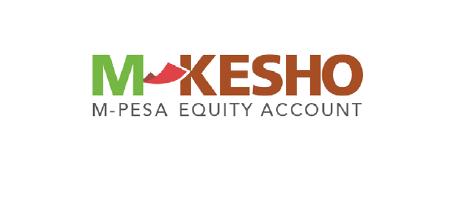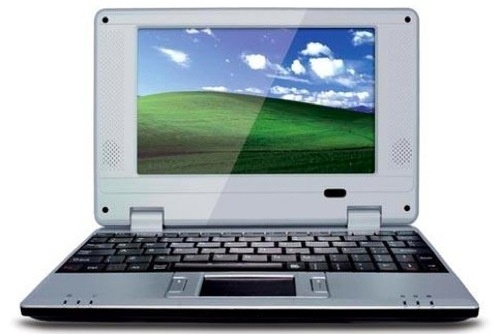People are excited about M-Kesho (money for the future) which launched yesterday, where Safaricom has linked their mobile payments service Mpesa as a joint venture with Equity Bank in Kenya. This basically extends Mpesa into a bank and insurance company, with the future offer of microcredit as well.
- Equity bank has 80 branches in Kenya.
- Mpesa has 17,500 outlets in Kenya.
- There are approximatey 8.4 million bank accounts total
- Equity has about 4.5 million bank accounts
- Mpesa has 9.5 million users
- Kenya has 107,000 credit cards in circulation
See the pattern? These are are big companies with huge local connections and inroads into the popular culture. This is a strong indicator that every Kenyan will have access to banking and insurance via mobile phone very soon.
“This is a bank account introduced by both Equity and Safaricom where customers can earn interest from as little as 1 Ksh. Customers can withdraw cash from their Equity Bank Account to their Mâ€PESA accounts and customers can also deposit through their Mâ€PESA accounts to their Mâ€KESHO Bank account. Other features of the account include Micro credit facilities (emergency credit availed through Mâ€PESA), Micro insurance facilities as well as a personal accident cover that translates into a full cover after 1 year. For one to open this account, the person must be an Mâ€PESA subscriber.”
Reality Check
As others have pointed out, there have already been links between mobile payment systems like Zain’s Zap and banks like Stanchart. So, this isn’t exactly groundbreaking and new. Why is it big then? It’s big because of who is doing it: the giants of the banking and mobile sector.
Rombo has written a particularly good post about M-Kesho. She asks some hard questions, like who really benefits out of this deal: Equity or Safaricom?
It’s hard to say, but I wonder if the pressure put on by regular banks onto the regulator about how close to a bank Safaricom’s Mpesa really has forced their hand. Did they have to choose a banking partner in order to stave off the regulator, or did they do it to increase market share and positioning?
Finally, I think this move, like the moves made by Safaricom in the past on this mobile banking space are shortsighted. Yes, it gets them more subscribers and it does solidify their grip on the mobile market in Kenya, that is working. However, mobile money and payments are much bigger than just one operator or one bank. Becoming the “Visa of the mobile payments space” all over Africa (the world?), is a much bigger deal than being the biggest fish in Kenya’s small payments pond.



